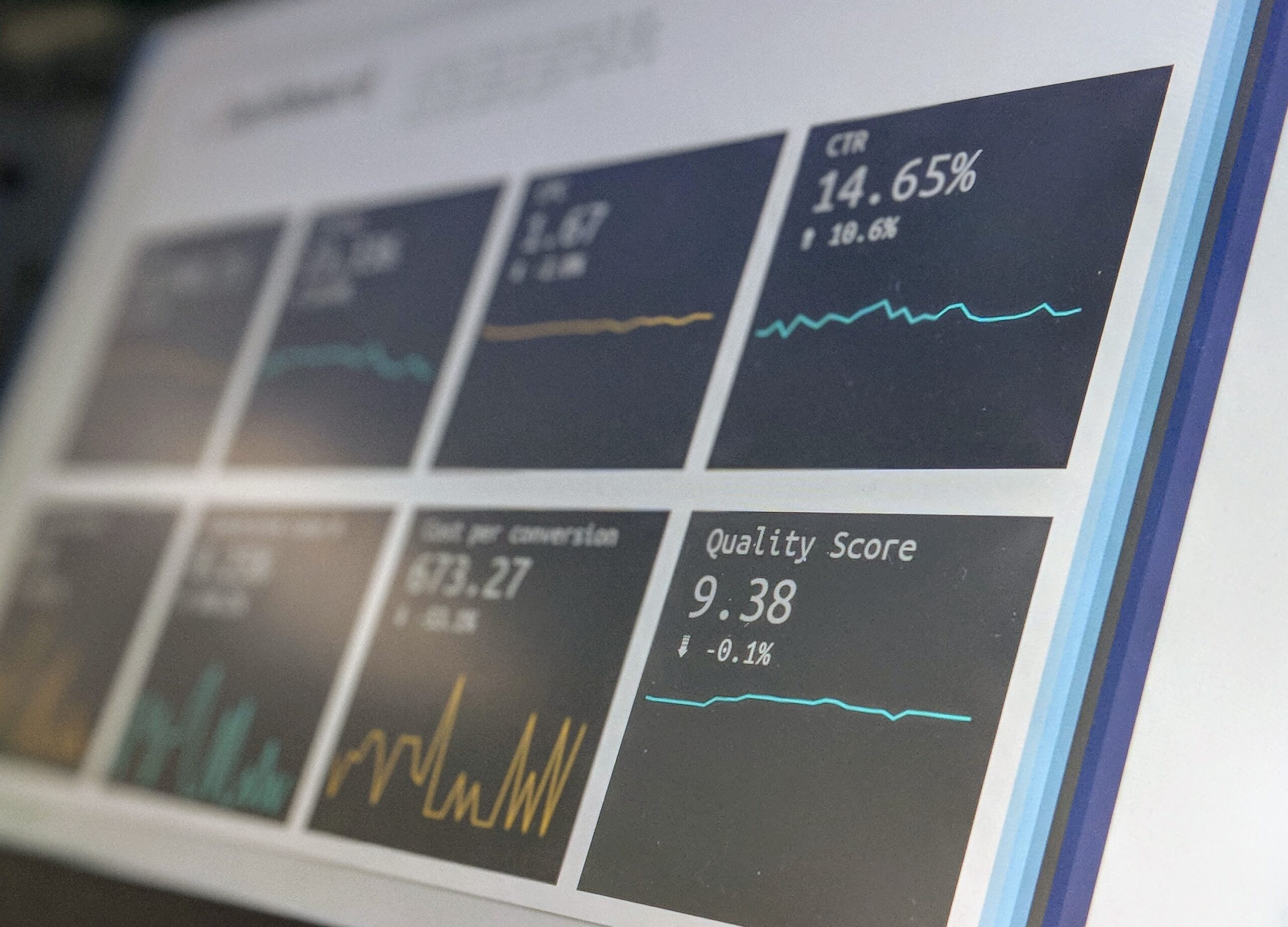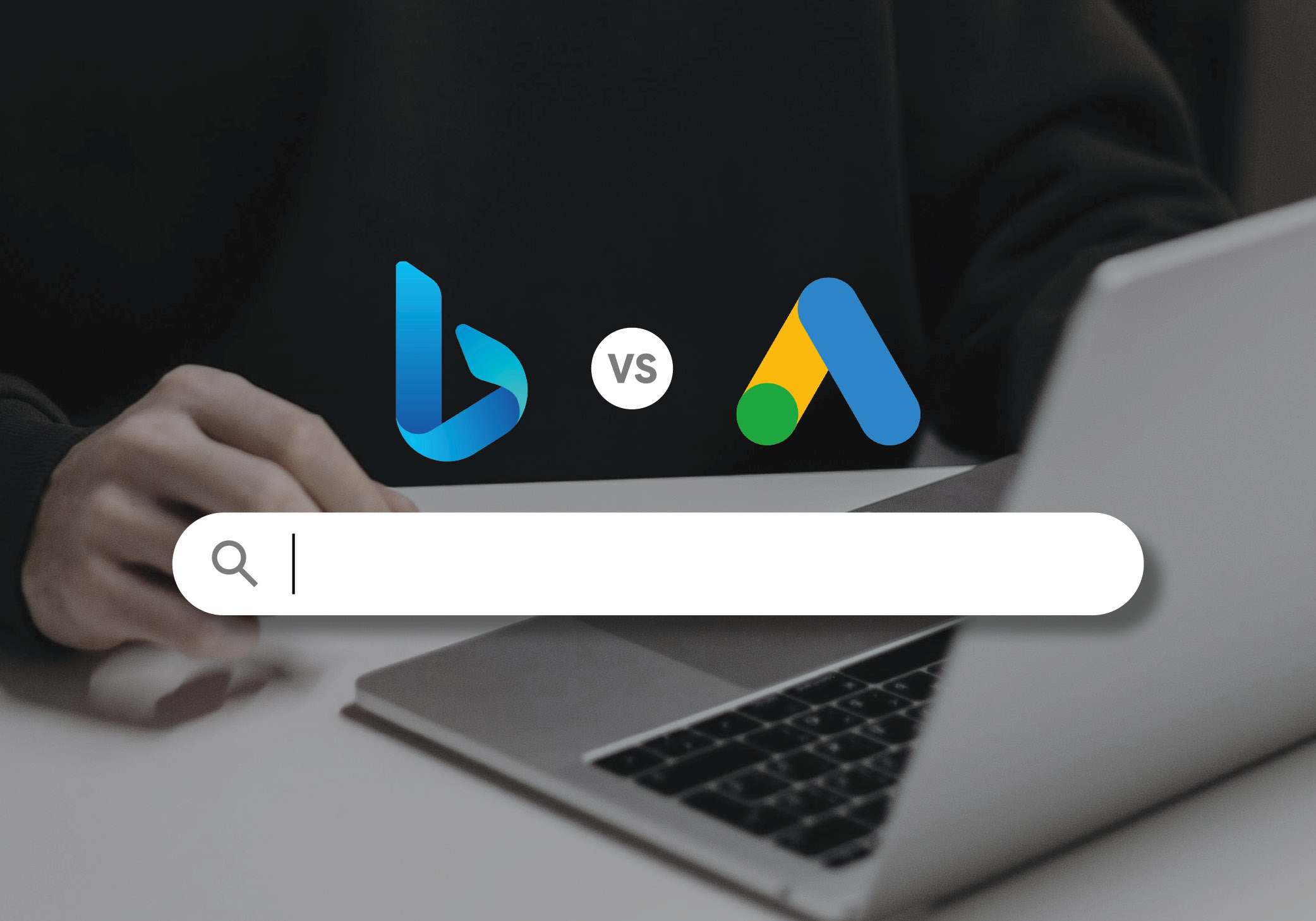Digital marketing is ever-changing, so you need to be agile. However, understanding the emerging trends within the industry can help you shape your marketing strategy for the year ahead.
2020 has been a strange and challenging one across the board. In the world of marketing, companies have had to keep up with ever-increasing digital consumption as Covid-9 lockdowns and social distancing closed many brick and mortar stores.
Digital has never been more important than it is right now, which is why it is vital that brands keep up with the next big marketing trends in order to ensure they are ready to face future challenges head-on.
If there is one big thing that this last year has shown its that agility is key. While we can’t prepare for everything that is likely to affect our strategies, being ready for possibilities and understanding what the industry is anticipating will help you stay as agile as possible.
To help ensure you’re ready for at least some of what 2021 will bring with it, we’ve taken a look at the hotly anticipated digital marketing trends that you need to prepare for. Here are seven that you definitely need to start thinking about:
A cookie-less future
You may not want to think as far ahead as 2022, but you need to if you’re going to be ready for Google Chrome to stop supporting third-party cookies. The internet giant announced at the start of 2020 that the Chrome browser will stop supporting third-party cookies by early 2022, which will significantly change the way we target and track digital advertising.
While this doesn’t mean that tracking is going to be impossible, it will require marketers to get to grips with exactly how the lack of cookie support will affect them. After all, a number of other browsers, like Safari, have been blocking third-party cookies for a while now.
There are already technologies available that can track users as third-party cookies can, such as Web SQL, Local Storage and IndexDB, so looking at what is available could still allow you to target and track your ads.
However, the most important thing you need to be prepared for when Chrome cuts support is to make the most of your first-party data. While there will be less of this data available as first-party cookies require consent and users are growing increasingly privacy-conscious, it can provide highly informative insights into your users and customers. Improved access to this data and marketing that uses it to its fullest could potentially mean you see better results in the long-run.
Growing eCommerce ad spend
The Covid-19 pandemic has been challenging for many industries and companies, however, it has helped to spur on eCommerce ad spend. As more people took to online shopping as a result of physical stores being closed, brands have increasingly made use of advertising on eCommerce platforms.
Investment in advertising across eCommerce platforms and apps like Amazon and social commerce platforms like TikTok is expected to increase by 38% across the globe this year from 2019’s figures. In comparison, the overall advertising industry is expecting an 8.1% decline in investment, showing that eCommerce ads are being seen as the way forward.
This rise in eCommerce ad spend is hardly surprising when you consider the fact that an additional $183 billion is expected to be spent online this year as a direct result of the pandemic, representing a 30.4% increase in eCommerce sales. The increase in eCommerce spending isn’t a blip though. Now that people have switched more to online shopping, it is expected that eCommerce will continue to see sales growth over the next few years.

Authentic, socially-conscious brands
Consumers’ desire for brands that are authentic and social-conscious is nothing new, however, it is becoming increasingly apparent that people will choose brands on these grounds alone. This trend is largely being driven by younger generations and will become more prominent than ever as more of Generation Z enters the workforce.
With people now actively engaging in conversations around mental health, climate change and equality – both as consumers and employees – brands need to be more aware than ever of how they are perceived in line with these social values. Great products and services are not enough to drive brand loyalty, companies also need to actively support social causes that are aligned with their products.
However, brands need to tread carefully in the arena of social issues, as authenticity is equally as important to consumers. It isn’t enough to simply talk about a cause, it needs to be part of the brand’s culture in order to be seen as fully authentic.

Social causes can not simply be used as marketing tools. In 2021, more than ever, brands need to have real conversations about social issues and show that they are working to be part of the solution rather than using a popular topic as a means to market themselves.
Improving the content experience
Content is still a vital part of every marketing strategy – or it should be – but the types of content being used have evolved. Your content, whether it’s on your site, social media or in emails, needs to be aimed at doing more than simply upping your engagement stats. It needs to be focused on improving a user’s enjoyment.
Interactivity is now a huge factor when it comes to improving the content experience you offer. Engaging with content is no longer a passive exercise and brands need to make their audience a part of the experience if they want to hold their interest. People want to be engaged so you need to look at content that encourages participation, whether it’s creating a quiz, surveys or interactive infographics.
However, interactivity is not the only way to improve the overall content experience. After all, traditional written content without loads of bells and whistles still has its place. The way that people interact with content is just as important as the content itself, which means improving overall user experience and making it easier to access information.
Website pages that are filled with pop-ups, ads and other additions that make engaging with content difficult lead to poor UX, meaning people are unlikely to take the actions you want them to, let alone stay on your site. It may seem like a basic recommendation, but a good content experience isn’t guaranteed, which is why it is important to improve it in 2021.
Simplifying access to your content, providing the right information and providing different types of content will all increase engagement, help your users enjoy the content you provide and ultimately increase conversion by getting people to enter the sales funnel.
Renewed focus on SEO
Even with an increased reliance on digital advertising to raise brand awareness and bring people to your site, you cannot underestimate the importance of SEO. In fact, search engine optimisation is becoming more important as a growing number of consumers don’t trust advertising to provide the right information, with the UK having the highest levels of distrust.
However, it’s important to note that SEO is changing, which means you need to reassess the way you optimise your site for search in 2021.
Quality content is still a hugely important factor, which means you need to ensure you’re referring to the EAT principle: expertise, authoritativeness and trustworthiness. Google uses EAT to assess whether a page has content that will be helpful to a user so it needs to be a guiding principle when crafting content.
Another growing factor when it comes to search rankings is the mobile-friendliness of your site. Mobile-first indexing was rolled out by Google in 2019, which means that it considers your mobile site to be the primary site, rather than your desktop version. This means you need to assess your mobile offering and ensure your site is totally user friendly. Google’s mobile-friendly test can help you do this.
It is also worth noting that SEO is about more than written content now. If you want to succeed in the SERPs, you should include explainer videos in your strategy, especially as video is expected to be consumed online more than any other type of content in the future. When it comes to SEO, you need to ensure the name and description of your video are as fully optimised as possible, which means being user-friendly and not just cramming in loads of keywords.
Similarly, your images need to be optimised for search. Ensuring image relevance, the use of alt tags and including images in your sitemap to improve crawlability can all help with visual search.
With so much to consider when it comes to SEO, it can help to get advice from the experts, which we at Marketing Labs can definitely help with.
Omnichannel commerce
With UX now being more important than ever before, it makes sense that omnichannel commerce is being seen as one of the big digital marketing trends for 2021. While people have been talking about ‘omnichannel experiences’ a fair bit since 2019, a large number of brands still haven’t fully embraced it. With 2020 forcing a big shake up in the realm of eCommerce, omnichannel needs to be at the forefront of your strategy for the new year.
We can expect that brick and mortar stores will see an increase in footfall in 2021, but the increase in online shopping is definitely here to stay. As such the omnichannel experience that creates a cohesive customer journey across all touchpoints has never been so important. Stores, email, websites, mobile apps, social media and anywhere else you talk to your customers need to create a single integrated journey in order to drive customers to purchase, as well as long-term brand loyalty.
So exactly how do you craft an effective omnichannel experience? One factor that is likely to be key is AI, with semi-automated packages helping brands – especially smaller ones – deliver a joined-up experience. Automation can help improve customer experience and allow you to deliver the right messages at the right time.

Of course, one of the best ways to create an omnichannel experience that works is to make use of customer data offline. The data you collect from your customers is vital to crafting a great online experience but it can also help with aspects like product development, offline promotion and building customer relationships. Of course, for this to work you need good data, as well as accurate customer segmentation.
Live video
Last but definitely not least in our rundown of digital marketing trends for 2021 is live video. We all know that video is a highly engaging form of content, but this year has seen it become more important than ever before as both consumers and brands used it to connect with people during lockdown.


Final thoughts
This year has shown us that we can’t anticipate everything that is going to be thrown our way and that an agile approach is always going to be the best option. While previous trends that have been touted as being the next big thing have not really come into their own – hello voice search – we believe there is enough data available to support our top seven trends predictions.
The fact that each of these areas of marketing are already getting results or are becoming more prevalent suggests that brands and marketers need to be ready to include them in their digital strategies going forward or risk being left behind.
If you need advice on how to update your marketing strategy to ensure you get the best results in 2021, get in touch.
If you found this post useful, you might also enjoy our article on the top video-editing apps for social media.


![How can UGC help with your SEO [2024]](https://marketinglabs.co.uk/wp-content/uploads/2024/03/Mel-and-Matt-on-podcast.jpg)

![Shoppable social media posts: The ultimate guide [2024]](https://marketinglabs.co.uk/wp-content/uploads/2024/02/Matt-Janaway.jpg)

